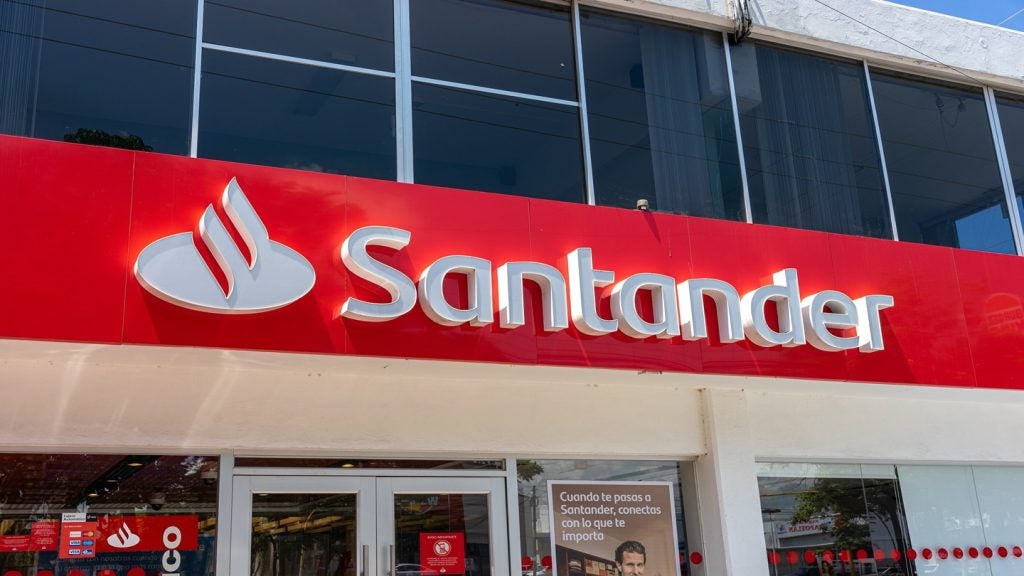Correspondent banking can be vulnerable to exploitation by money launderers, terrorist financers, fraudsters, tax evaders and sanctions breachers. But this does not have to be, writes Yaron Hazan, VP – regulatory affairs at ThetaRay
Correspondent banking transactions involve up to a dozen banks scattered across multiple countries, making it nearly impossible for banks to conduct proper KYC due diligence and gain transparency into who is processing and receiving the money.
As a result, a number of banks have bowed out of the business, leaving cross border payments to payment service providers such as Venmo and Zelle, who face less stringent regulations than traditional banks and therefore have an easier time incorporating it into their line of business.
The ability to identify and screen your customers and have full visibility into the flow and destination of a transaction is paramount, and the first priority any bank needs to take when processing payments.

US Tariffs are shifting - will you react or anticipate?
Don’t let policy changes catch you off guard. Stay proactive with real-time data and expert analysis.
By GlobalDataOver the past decade, an increasing number of banks have incurred significant fines for failing to identify and remediate money laundering in cross-border transactions.
And the fines are just the icing on the cake; several banks have taken severe reputational hits due to media coverage of events like the FinCEN files leak, the Russian Laundromat, and the Danske Bank controversy.
This has led to banks of all sizes completely stepping away from the correspondent banking landscape, as they just deem the risk too great for the potential reward.
For banks large and small, this leaves a mammoth business opportunity on the table. They have a new line of business waiting to be harnessed – one that Juniper Research predicts will facilitate $35trn in payments by 2022 – if banks were able to shed light on the full transactional flow.
AI as a solution to risk reduction
For example, if a bank has 1 million correspondent banking customers and 20 banks in the network, a bank is looking at 20 million different reports.
To make matters worse, each bank in the network can have disparate information requirements, meaning those 20 million reports could be completely different from each other.
Sounds like an analysis nightmare. It is for humans, but an AI-based solution can automatically process and analyse the data.
The ability to access this data for cross-border payments enables banks to ensure that the funds are not coming from known criminals, unknown threats that raise suspicion, high risk geographies or questionable shell companies.
Transaction monitoring and transparency
This enables it to uncover sophisticated criminal schemes hidden within transactions that appear perfectly innocent to other AI and rules-based systems.
This advanced AI helps to combine SWIFT and KYC data and other relevant data points, offering a bird’s eye view of any transaction that helps analysts quickly decipher which transactions are legitimate and which are suspicious.
This level of visibility helps to identify any notable anomalies that arise, quickly thwarting criminal schemes that may have otherwise gone unnoticed.
While having the right solution for your needs is critical, it’s also important to properly educate analyst teams on what they need to know to accurately manage the risk involved in this particular line of business, including ways to spot suspicious transactions and how to properly use transaction monitoring capabilities.
A chain is only as strong as its weakest link, therefore if a bank’s staff is not properly trained, new tech will not do much good in the long run.
Although financial institutions are often hesitant to adopt technological solutions that they fear may increase their business risk, this is an instance in which tech adoption can actually reduce the risk involved.
Advanced AI solutions enable banks to safely and easily manage risk and tap the potential of correspondent banking.







